The Noryangjin market in Seoul (노량진수산물도매시장) is one of the places that you absolutely must visit while in the Korean capital. This market is a Seoul institution and it has been considered one of the best places to purchase fresh seafood in the country since it first opened back in 1927.
If you’ve spent a lot of time in Asia and you’ve already visited your share of food markets, then this may not be that spectacular for you. However, if you are brand spanking new in the Far East then prepare to be bedazzled (yes, bedazzled).
It’s wet, it’s crowded, it’s smelly, there’s definite splashback potential and you will be met with sights that wouldn’t look out of place in a Tarantino movie (have I sold it to you yet?) Noryangjin is Seoul’s biggest fisheries market!
The interesting thing about the Noryangjin market is that it isn’t just a typical street food market. Instead, Noryangjin is a working, lively wholesale fisheries market where representatives from Korean businesses come in to buy fish in bulk and engage in some pretty intense negotiations.
If you feel the urge to swing by Noryangjin market between the hours of 1 am – 3 am (who knows, maybe you’re a fish-loving night owl?), you can watch the boisterous fish auctions taking place.
A Brief History of Noryangjin Market
When the Noryangjin Market first opened its doors way back in 1927, it was actually known by a different name. Back then, the market was known as Gyeongseong Susan (경성수산).
It actually had a different location too – the original market was situated on Uiju-ro Street next to Seoul Station. It moved locations in 1971 and then again in 2016, to its new, modernized market, where it stands today.
Approximately 250 tonnes of seafood are moved through the market every day. That’s a lot of fish!
Whatever time of day that you happen to stop by, you will see local fishermen hauling in their latest catches, and vendors haggling ferociously. The early morning auctions see prices reduced by as much as 20-30% off the retail price. This is why local restauranteurs get up early to be first in line!
Foods to Try at Noryangjin Market

If you like seafood, Noryangjin Market is a great place to sample some high-quality, fresh fish at affordable prices. If you don’t eat fish, the market is an interesting spectacle all the same.
Take your time perusing around the various market stalls and some of the creatures on display. Many of which, you probably never knew existed and likely aren’t even advertised with English names
Look out for some haunting Korean delicacies that are much loved by the locals. The urechis unicinctus, or “sea penis” is one that is almost traumatising to behold.
When you see it… well, then you’ll understand why it has that name. This squirmy creature was awarded its nickname on account of how closely it resembles the male genitalia.
It can be found at Noryangjin market and at nearby Gwangjang market and is eaten live and raw, dipped in a variety of spicy sauces. Arguably such a dining experience is not for everyone.
Hoe 회
Hoe 회 (pronounced “hweh”) is raw fish that is sliced and prepared in a similar way to Japanese sashimi. This is a popular choice among Koreans at the Noryangjin market.
You can have a wide variety of fish prepared in this way. (For instance, Squid, shrimp, halibut, mackerel, etc).
If you want to add a little something extra to your hoe, you can opt to modify the dish into hoe-deopbap. This is raw fish with steamed rice, spices and veggies. or Mulhoe (spicy soup with raw fish)
San-nakji (산낙지)
San-nakji could be considered the national dish of Korea. This is a live octopus and it is available in two forms.
You can opt to order baby octopuses that are eaten alive whole, or you can choose an “adult” octopus whose tentacles are removed while alive and then eaten. In either case, sashimi-style octopus is doused in soy sauce and then consumed.
This is quite a cruel way to prepare an octopus so the ethics of this dish are debatable. Regardless, it is a very important local dish for Koreans.
If you order the tentacles of a larger octopus, you may note that they still wriggle and writhe around on your plate. Rest assured the octopus is technically not still alive, this is simply its muscles contracting.
Crabs, lobsters & shellfish
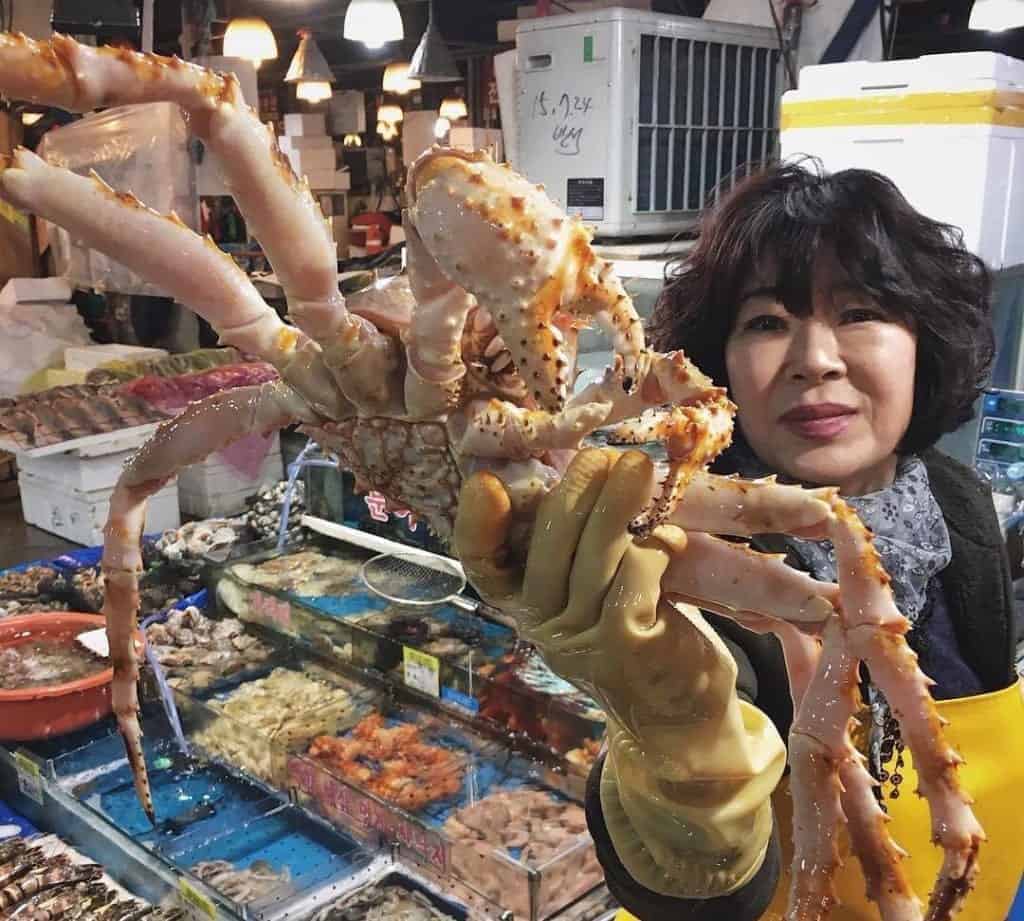
If you like eating lobster and crab, you will be in your element at the Noryangjin market. The sumptuous shellfish do not have the same hefty price tags associated with them here as they do at most restaurants. Better yet, by buying them at Noryangjin, you are assured of their freshness.
A king crab from Noryangjin typically weighs in at around 45,000 KRW ($45). Large lobsters are priced at around 75,000 KRW ($75). These creatures have enough meat to fill 2-3 people on average.
With your crab or lobster in hand, head over to one of the nearby restaurants to have it prepared for you. Most eateries offer a flat fee of 8,000 KRW ($8) to grill a lobster/crab, in addition to a 3,000 KRW ($3) service fee.
The exact price varies depending on the establishment and the size of the crab/lobster. If the one that you have bought is a Goliath, expect to pay 10,000 KRW or more.
The sea penis (gaebul)
Calling all adventurous eaters… The sea penis is a Korean delicacy best reserved for only the bravest foodies.
The appearance of the fish and its uncanny resemblance to the male genitalia reflects why it has this nickname. The delicacy is best enjoyed raw with either a savory sesame oil sauce or a fiery gochujang topping.
Surprisingly, most Koreans really really like the taste of gaebul. It is much different to san-nakji which is otherwise flavorless without soy sauce. Gaebul has a salty, savory taste.
Seafood stew
Maeuntang (매운탕) is a great thing to try at the Noryangjin market if you are looking for something really local. The hearty seafood soup is especially nice in the cold Korean winter months.
Just enough gochujang paste is added to the soup to give it a kick. The direct translation of Maeuntang is “hot and spicy soup”.
Find all of your seafood favourites
Visiting the Noryangjin market doesn’t mean that you have to indulge in something weird and wacky. Instead, you can simply opt to find your favourite fresh seafood. Whether you prefer pan-seared marinated halibut, smoked salmon, or spicy crab, you will easily be able to find something delicious.
Korean street food
If seafood is not your cup of tea, you can breathe a sigh of relief in the knowledge that the street food stalls at Noryangjin do sell other delicacies besides fish. Tteokkbokki, hotteok, jeon, and other Korean street food favourites can be purchased here for a few Korean Won.
In recent years, some of the stalls have become more innovative in their concoctions. One of the most popular places to eat is at the market’s “Hotdog in a pancake” stall which regularly sees a snaked queue filled with hundreds of foodie locals.
Things to know when visiting the Noryangjin Market

A few practical and cultural considerations for visiting the Noryangjin market are detailed below.
Language barriers
Don’t fret if you cannot speak Korean. Although the Vendors speak little to no English, they are accustomed to foreigners wandering into the market to take photos in awe and fascination and they will try their hardest to communicate with you. If you indicate that you want to buy something, they will show you the price on a calculator.
Be prepared to negotiate
Haggling is certainly encouraged at Noryangjin market. While the vendors aren’t actively trying to charge you over the odds, prices are likely to be slightly over inflated as it is just expected that customers will try and lower the initial price offered, as is typical in a Korean market environment.
Know what prices to expect
The prices of the fish at the Noryangjin market are relatively competitive. That is unless you happen upon a vendor who tries to seize an opportunity of a naive tourist.
You can pick up a lot of shrimp at a good price. High-quality products like lobster and king crab are still a little expensive because of their size and quality, so don’t expect to get everything for nothing.
If you do decide to make a purchase, you can either choose to take the fish home and cook it yourself (no fun!) or head over to one of the restaurants within the market.
To provide you with a little frame of reference on the types of prices to expect at the Noryangjin market, the average prices for several popular seafood delicacies are below. To convert the values of the Korean won into US dollars, simply divide each value by 100.
Average prices at the Noryangjin market
- A huge king crab fit for a feast – 40,000 – 50,000 KRW per crab
- Large lobsters – 75,000 KRW per lobster
- Sannakji (live octopus) – Three small octopus for 10,000 KRW
- Shrimps – Five for 10,000 KRW
- Large Abalone – between 3,000 KRW and 20,000 KRW depending on the size
Have your fish cooked at a local restaurant
Representatives for the various restaurants will be wandering around the market looking for customers. They will escort you to one of the tented restaurants.
You will pay extra for the preparation of the fish at the restaurants but the prices are very low and you are only charged if you decide to have the fish cooked, rather than eat it as sashimi (raw). The fish is served with onions, and fresh wasabi, and the cooks will prepare you a hot, spicy soup using the bones so that absolutely nothing goes to waste.
Explore the various sections of Noryangjin Market
The Noryangjin market is divided into two sections. There is the old Noryangjin market and the new market.
To be honest, there really isn’t so much variance between what you can find on offer at each one. The “new” side is perhaps a little pricier but not substantially so.
Take a guided tour of the Noryangjin market
Opting to take a guided tour is a great way to get your bearings in a new city and the same can be said of visiting Seoul for the first time. Several Seoul tours pass through the Noryangjin market.
They offer you a great opportunity to better communicate with local vendors and learn their stories and backgrounds. (This is something that is impossible to do otherwise if you don’t speak Korean!)
When you explore with a tour guide, you will get more context and information about the various things that you see. Better still? You will have a local on hand to ask for recommendations on the best things to do during your Korea itinerary, where to go shopping in Seoul, where to eat, etc.
A number of reputable Seoul tours that stop by Noryangjin are detailed below for your consideration. Book online in advance to secure your place!
- Seoul: Noryangjin fish market guided tour and food tasting
- Noryangjin market and historical park tour in Seoul
Dress appropriately
Not to be gross or put a dampener on the whole cultural experience of the Noryangjin market, but it is important to dress appropriately for your visit so as to protect yourself from the wrath of fish juices. Yes, that’s right: fish juices.
Noryangjin market is a wet market and the floors are often filled with puddles as fish water and ice drip onto the floor. This is not the time to wear your cutest summer sandals. Opt for closed shoes/sneakers and ideally wear some comfy, casual clothes/long pants that keep your skin covered too.
Noryangjin Market FAQs

Noryangjin Fish Market opening times
Noryangjin market is open 24/7 and whatever time you go, it’s never empty! If you’re looking to eat at the market, it’s better to go in the morning while the catch is fresh and you have time to browse the stalls. Weekends are typically busier.
How can I go to Noryangjin market?
It is easy to access the Noryangjin market during your Seoul itinerary. You can take Seoul metro line one to “Noryangjin” and leave at exit 1.
Walk under the bridge and follow the fishy smell and you’ll be faced with the market. Signs are displayed in both English and Korean so you cannot miss it.
What is Noryangjin famous for?
Noryangjin is famous for being the largest and most extensive fish market in Seoul. It awaits in Noryangjin-dong in Dongjak-gu.
Final Thoughts on the Noryangjin Market
Have any further questions about visiting the Noryangjin market, or exploring Seoul and South Korea in general? Feel free to reach out to me.
I will do my best to get back to you as soon as possible. I lived in Seoul for several years while teaching English in South Korea. I’m happy to answer any questions that you may have.
Annyeonghaseyo!
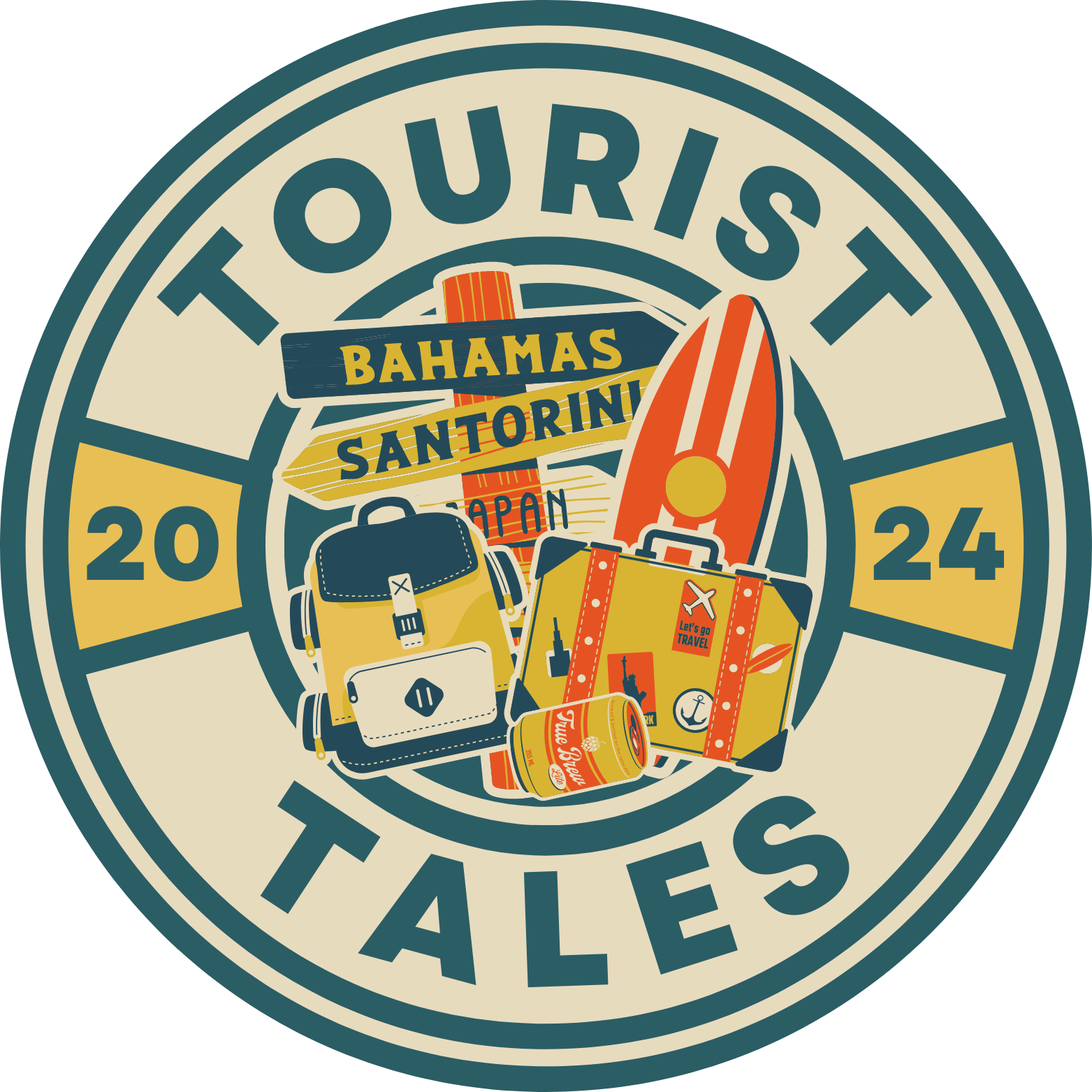
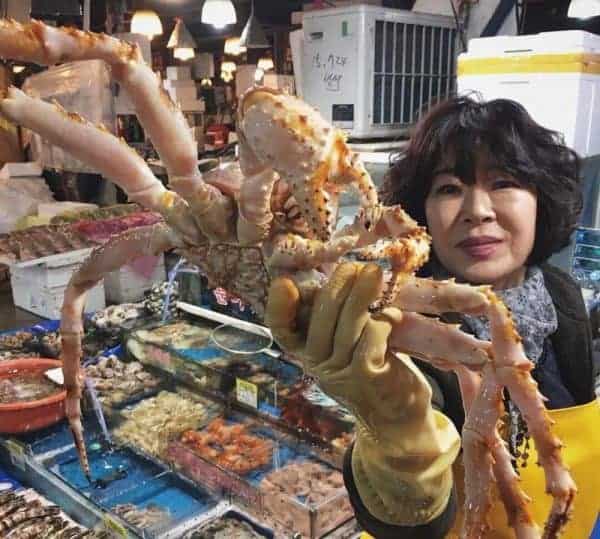

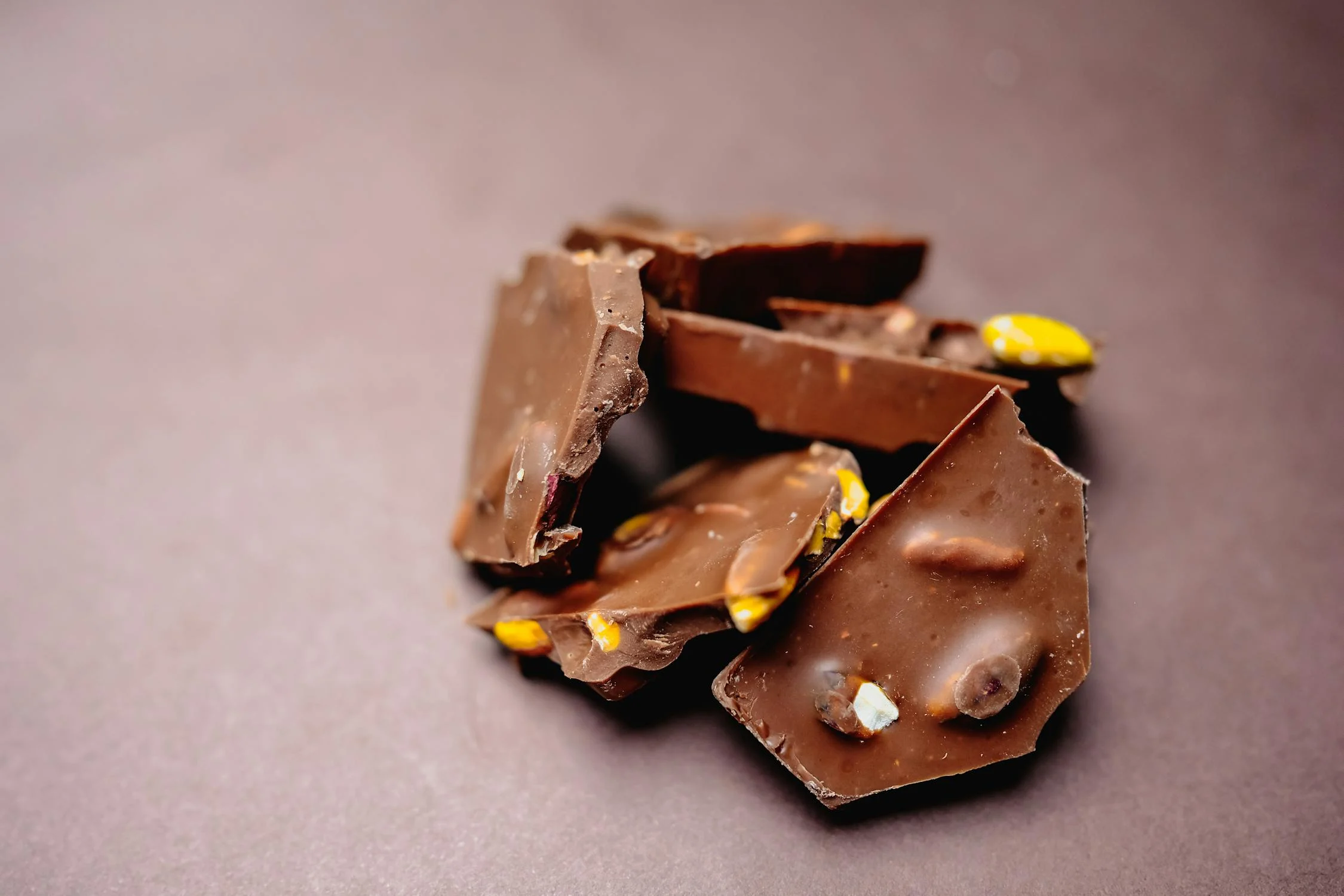
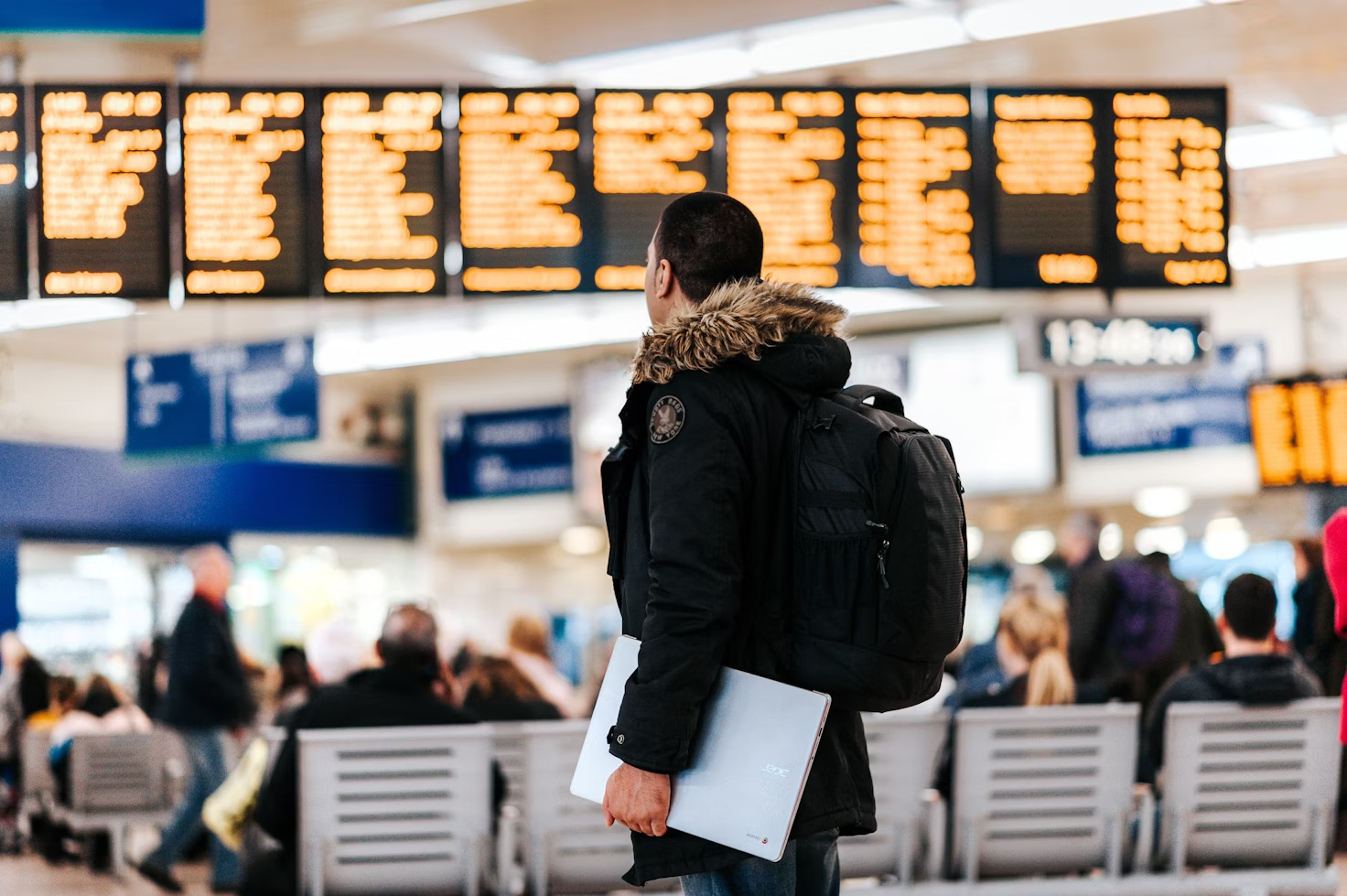
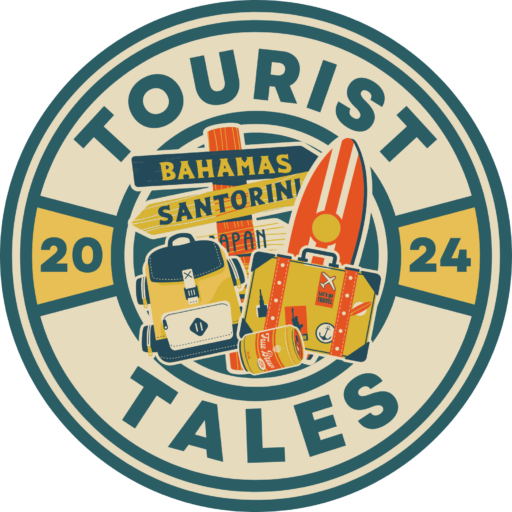
3 Responses
Good afternoon. I would LOVE to go to Seoul for a vacation. Is Noryangjin Fish Market open all year? Is Alaskan King Crab available for purchase all year at Noryangjin Fish Market? When is the best time to purchase it? Is this type of crab available from June-September, how much is it per kilo within those timeframes? What is the best time to go to Seoul where I can enjoy my vacation and enjoy eating this, but not so cold? Thanks for the help!